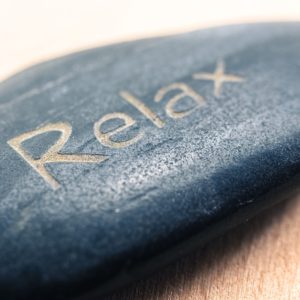
Breathe in…. Breathe out… Time to regulate!
It’s important for athletes to be able to control their arousal levels. Arousal levels help athletes prepare for specific tasks. By learning how to shift between levels, athletes can enter their optimal arousal zones before and during their performances.
As I mentioned in the last two Mental Muscle posts, the ability to control one’s arousal level is a skill called self-regulation. In order to achieve an optimal level of arousal before and during a performance, an athlete needs to know how to increase and decrease their arousal. Last time I went over activation techniques. In this post I will dive deeper into relaxation.
So, let’s take some deep breaths and get prepared to relax.
When Should We Engage in Relaxation?
Remember that arousal levels can be classified into three groups: under-aroused, optimal level of arousal, and over-aroused. Relaxation is needed is when an athlete is feeling over-aroused. Signs of over-arousal can include:
- Feeling Stressed
- Frustration
- Lack of Control
- Muscle tightness
- Sweating
- Increased heart rate
- Hyperactivity
- Negative self-talk
- Focussing on the wrong the things
- Anxiety
High arousal levels can lead to athletes feeling out of control. By using relaxation techniques, you can remove the unwanted tension that is building up in your body. This will allow you to reach an optimal arousal level where thoughts, feelings, and actions are under your control.
Just as athletes can use activation techniques to remain in the optimal level of arousal, they can also use relaxation techniques. The use of relaxation techniques as part of a preparation routine always depends on the individual athlete and their needs.
Relaxation Techniques
The follow are some techniques to help decrease your arousal and energy levels. Try these techniques to see if any meet your needs. Again, individual differences play a large role in selecting techniques. An athlete should be selecting techniques that are effective and enjoyable for them.
Just like the activation techniques from the last Mental Muscle post, these relaxation techniques can be used separately, or you can combine techniques to create your own activation routine. You may notice there are similar techniques to the activation series. Just by making a minor adjustment, an athlete can use the same technique to activate or relax.
Listening to Music
Listening to music is a technique that can be used to activate or relax an athlete. The difference in the two techniques is based on the selection of music. As mentioned before, music can have multiple effects on our energy levels and even our emotions. In order to decrease your arousal levels, you want to find a genre of music or specific songs that make you feel relaxed, calm, and centered.
Relaxing Breathing Techniques
This technique is commonly used. By controlling your breathing to a slow rhythm, you can decrease your heart rate and energy levels. Slow and controlled breathing also increases oxygen to the blood and relaxes your muscles.
- First off, make sure that you are sitting in a comfortable position that allows you to keep your back straight. The goal is to release the tension, not add more because you are uncomfortable.
- You are going to inhale through your nose and slowly fill your lungs with air. First start by filling the lower part of your lungs (near your abdominal area) then end with filling the top part (chest).
- Then slowly exhale through your mouth. The goal is to release as much air as possible from your lungs. Release the air from the lower part of your lungs first.
- With every breath you exhale, you will feel more relaxed and in control of your own body. You should be inhaling calmness /strength and exhaling stress / tension.
Meditation
This relaxation technique requires an athlete to focus and control their thoughts, feelings, and body. Meditation is not only a great way to relax, but it’s also a great technique to improve one’s focusing skills.
If you wish to begin mediating, make sure your keep these tips in mind:
- Practice in a quiet and distraction free environment
- Get in a comfortable position
- Focus on your breathing
- Re-set any time your mind travels
- Start small and as your skills improve aim to go longer
- Remember not to get frustrated. You are using this to relax!
Relaxing Imagery
Picture an image or place yourself in an environment that induces relaxing feelings.
Example: Picture yourself lying on fresh cut grass with the sun rays beaming down on you. You can feel the warmth of the sun and the cool summer breeze across your skin. In the distance, you can hear the birds singing in the trees.
You want to stay still during this practice, so you can relax and melt into the floor as these images are entering your mind.
Verbal Cues
Just as images can be used to relax your mind and body, verbal cues can be used to remind yourself to breathe or relax.
Examples: “Breathe, enjoy the moment”, “Sand underneath my toes”, or “Smiling baby”
Progressive Relaxation Techniques
The goal of progressive relaxation techniques is to physically relax the body in order to relax the mind. An athlete will need to tense up specific muscle groups, holding for a few seconds, followed by releasing the contracted muscle group. Athletes need to inhale when contracting, and exhale when relaxing the muscles.
If you do a simple search, there are many scripts and YouTube videos that are available online.
Relaxation Tips
- Practice is needed to strengthen your relaxation techniques
- Link your Relaxation techniques to peaceful moments and calm feelings
To improve on any skill, you need to practice! The same concept is needed when it comes to self-regulation. Keep in mind that it can be difficult to try to use these techniques when you are feeling over-aroused. Try practicing these relaxation techniques when you’re in control of your emotions, thoughts, and actions (not too over-aroused) at the beginning. It’s important to make sure your body is able to link the techniques to being calm, relaxed, and in control.
So until next time, relax and enjoy the moment!

 How to Improve at Derby’s 27 Laps Test
How to Improve at Derby’s 27 Laps Test 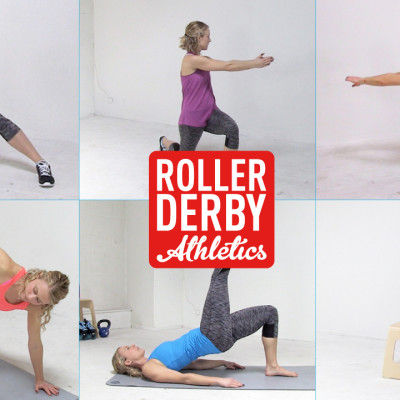 The Top Ten Exercises for Roller Derby Athletes
The Top Ten Exercises for Roller Derby Athletes 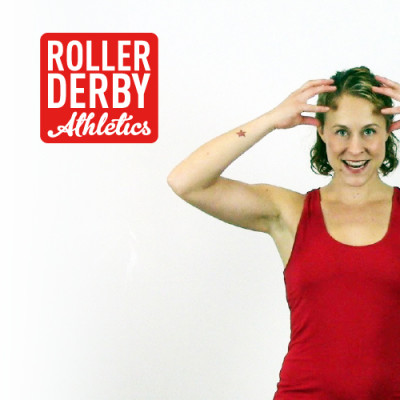 PreHab: How to Reduce Concussions
PreHab: How to Reduce Concussions 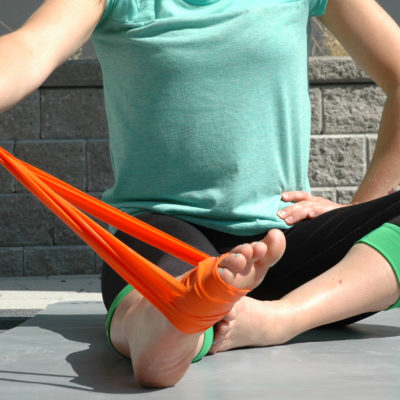 Prehab! Feet and Ankles
Prehab! Feet and Ankles 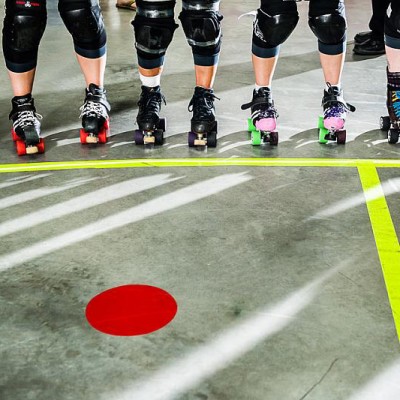 Fresh Meat – You Got This!
Fresh Meat – You Got This!